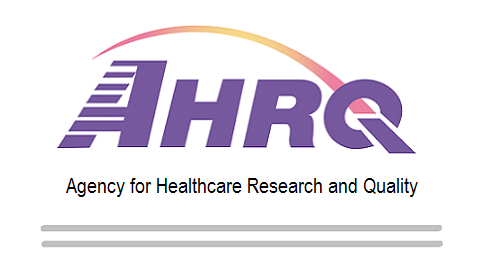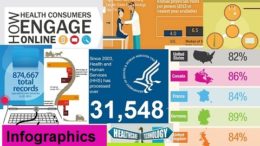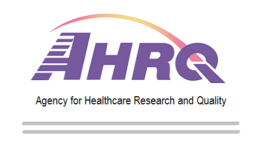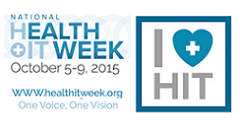Can Electronic Health Records Prevent Harm to Patients?
By Amy Helwig MD & Edwin Lomotan MD – Health information technology (HIT) has been shown to improve patient safety, especially with processes and applications that improve clinicians’ decisionmaking, documentation, and communication.
Read More







